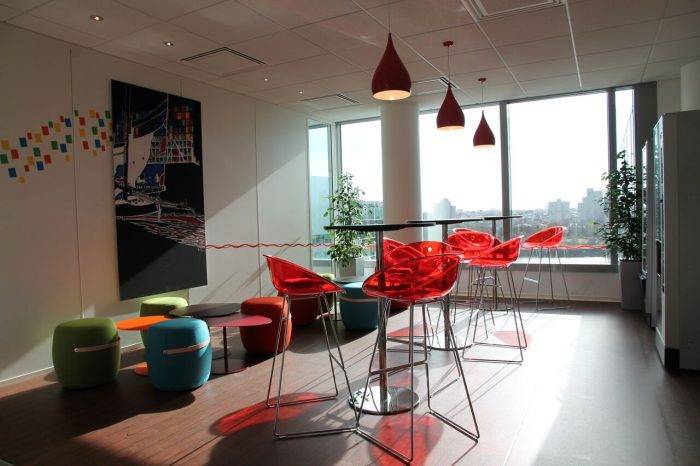October 27, 2016
Progress towards closing gender pay gap slows around the world 0
 Women across the globe earn on average just over half of what men earn despite, on average, working longer hours when taking paid and unpaid work into account. The world is facing an acute misuse of talent by not acting faster to tackle this gender inequality, which could put economic growth at risk and deprive economies of the opportunity to develop, warns the World Economic Forum’s Global Gender Gap Report 2016, which is published today. The latest edition of the annual benchmarking exercise that measures progress towards parity between men and women in four areas: Educational Attainment, Health and Survival, Economic Opportunity and Political Empowerment finds that progress towards parity in the key economic pillar has slowed dramatically with the gap – which stands at 59 percent – now larger than at any point since 2008. Aside from salary, another persistent challenge is stagnant labour force participation, with the global average for women standing at 54 percent, compared to 81 percent for men. The UK is ranked 20th overall in the global index and of those countries in Western Europe, the UK falls in the bottom half of the table. In respect of economic participation and opportunity, the UK is ranked 53.
Women across the globe earn on average just over half of what men earn despite, on average, working longer hours when taking paid and unpaid work into account. The world is facing an acute misuse of talent by not acting faster to tackle this gender inequality, which could put economic growth at risk and deprive economies of the opportunity to develop, warns the World Economic Forum’s Global Gender Gap Report 2016, which is published today. The latest edition of the annual benchmarking exercise that measures progress towards parity between men and women in four areas: Educational Attainment, Health and Survival, Economic Opportunity and Political Empowerment finds that progress towards parity in the key economic pillar has slowed dramatically with the gap – which stands at 59 percent – now larger than at any point since 2008. Aside from salary, another persistent challenge is stagnant labour force participation, with the global average for women standing at 54 percent, compared to 81 percent for men. The UK is ranked 20th overall in the global index and of those countries in Western Europe, the UK falls in the bottom half of the table. In respect of economic participation and opportunity, the UK is ranked 53.
































October 25, 2016
Millennials have just the same needs for peace and quiet as everybody else 0
by Steven Lambert • Comment, Wellbeing, Workplace design
(more…)